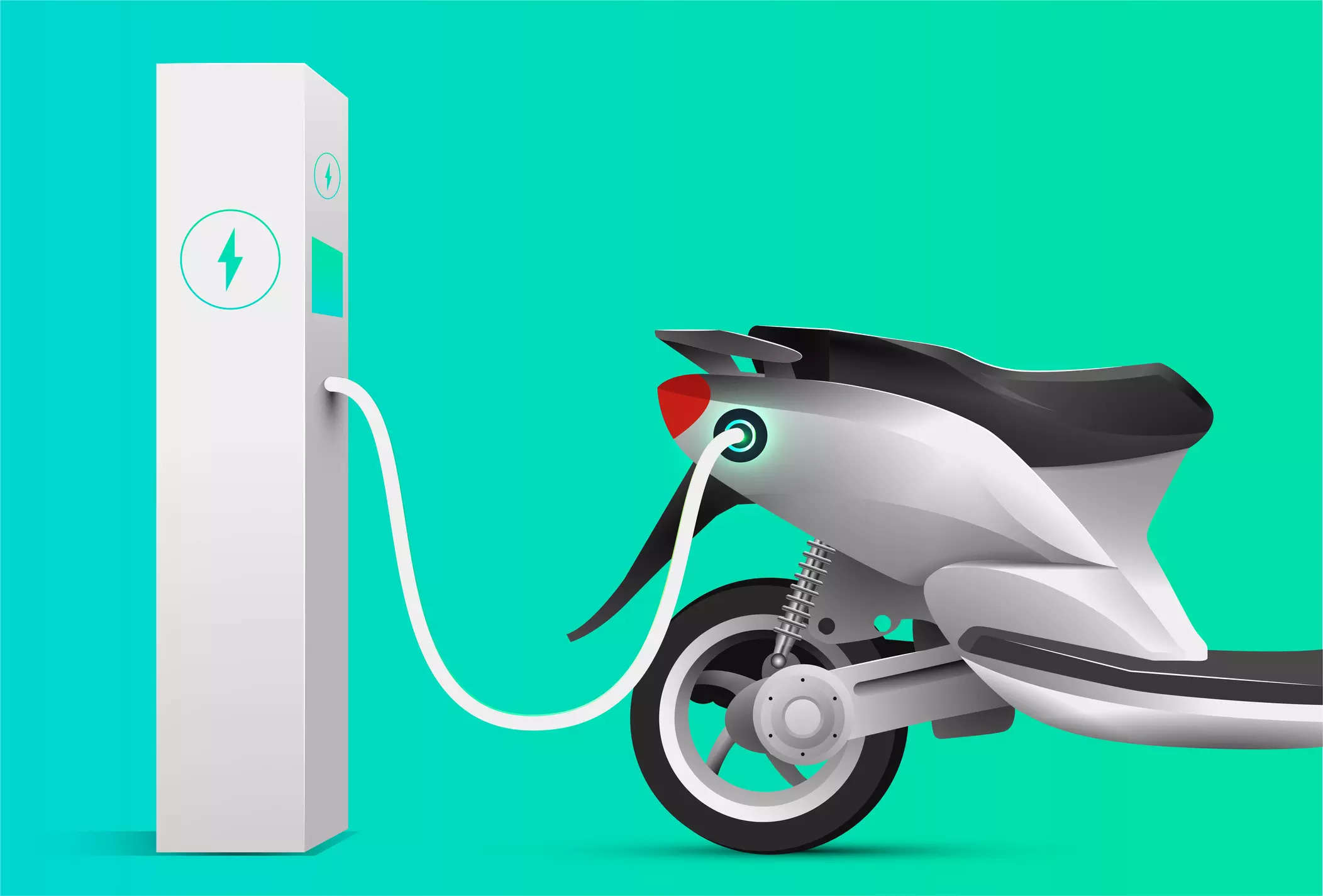
Representatives of electric vehicle makers Ola Electric, Ather Energy, TVS Motors and Hero MotoCorp have met with government officials to defend themselves following recent whistleblower allegations that they are mispricing their products to avail subsidy, people aware of the matter said.
These EV makers had responded to an emailed communication sent by testing agency Automotive Research Association of India (ARAI) seeking clarification if they billed their chargers and add-on software upgrade separately to avail sops under the government’s Faster Adoption and Manufacturing of Electric and Hybrid Vehicles (FAME) II scheme.
ET had reported on February 9 that these companies have come under government scanner after a whistleblower accused them of billing software and charger separately to artificially keep vehicle prices under the stipulated mark to avail of the subsidies.
The development also comes as the government is relooking at the prospect of not extending the FAME-II subsidy even as the industry demands an extension. ET had reported on March 7 that the Rs 10,000-crore scheme is unlikely to be extended after the end of the next financial year.
“We are unlikely to extend the scheme beyond FY24,” a senior government official said, adding that key FAME II goals will be achieved by then.
The industry is expecting subsidies for electric two-wheelers to run out even before that.
The first of the meetings regarding mispricing took place on February 13 chaired by heavy industries joint secretary Hanif Qureshi. ARAI officials were also present at the meeting.
The ministry did not respond to queries sent by ET as of press time Sunday.
While no suspension or penalties have yet been enforced, these companies have been asked for further clarification and evidence on the said issue.
“Why are chargers and performance software being invoiced separately if these are optional items,” asked one of the officials in one of the meetings. The software being questioned here is the performance upgrade software, which once installed in an electric scooter, makes it a better variant.
Companies make the same hardware for different variants and the pricing depends on the performance software installed inside the vehicle. For example, Ather has a base variant called 450 plus and a higher variant called 450x. The company ships 450 plus as default to all dealers. Depending on the demand from customers, the dealer purchases additional software packs to upgrade it to 450x.
The add-on software is marketed as a “virtual accessory” to improve the user experience and the EV makers claim that it is not a necessary or integral part of the vehicle.
With regard to chargers, companies argue that the charger is not only not an integral part of a vehicle, it is an option for the customers as they would already be owning another charger in case they have another EV, and also because of the public charging infrastructure being set up by them.
Both Ather and Hero MotoCorp said they have set up charging stations free of cost for customers. Ather argued that it has 1,100 Ather Grids and a 100-member team running this free of cost for customers. Hero MotoCorp, which sells EVs under Vida brand, has set up 300 charging stations in 50 cities.
Ather Energy, Hero MotoCorp and TVS Motors declined to comment on the story, whereas Ola Electric did not respond to queries sent by ET as of press time.
The questioning comes amid significant scrutiny on companies availing FAME-II subsidies. The government is investigating companies like Hero Electric, Okinawa, and Ampere among others following a whistleblower’s complaint that said these companies do not meet required localisation and domestic value addition norms for availing the subsidy.
The government had withdrawn subsidies for Hero Electric and Okinawa after auditing their localisation norms, and multiple companies are being audited by ARAI to see if they meet its norms. The government has kept multiple EV makers’ subsidies on hold pending the audit.
ET had reported on March 5 that the suspension of subsidy payment has forced several electric two-wheeler makers to go slow on production and some marginal players to shut shop.
A senior government official and company executives cited above believe that the four companies accused of mispricing could legally be on the safe side as billing charger and software separately from the vehicle does not flout FAME rules on paper.
The ex-factory price of the vehicle should be below Rs 1.5 lakh to claim FAME-II subsidy. Adding charger and software to the costs will bring up the overall price of many models above that. Currently, the scheme provides subsidies to the tune of Rs 15,000 per kWh battery size for two-wheelers up to 40% price (max price ex-factory Rs 1.5 lakh).
Indications are that the price limit could be increased to Rs 1.8 lakh, said the government official cited above.
Charger has a separate GST rate, which is higher than the 5% levied on the vehicle, and hence it is an accessory, one of the executives argued. Separate GST rates are applied to software as well.
Another industry executive who is aware of EV-related policies said the FAME policy is silent when it comes to the software part of it, so legally it is difficult to contest against the companies.
“The confusion around the software has emerged because the FAME laws are silent about it, hence it will be difficult for the government to argue that the companies have flouted any rules,” an EV executive said on the condition of anonymity.














